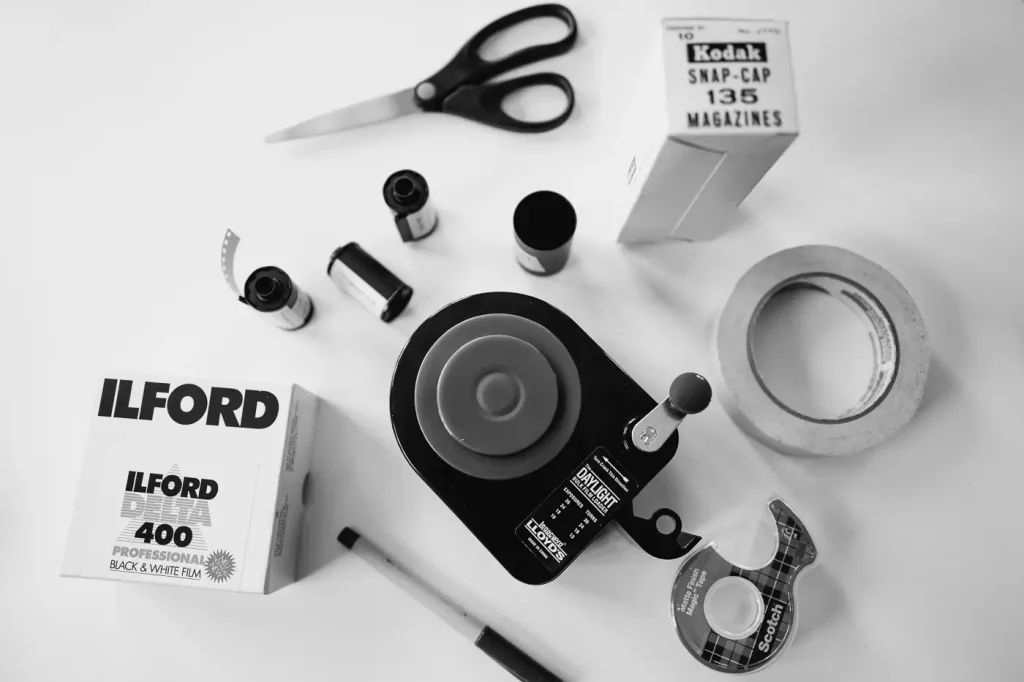
Photo by https://www.35mmc.com/
Key Takeaways
Bulk film loading can significantly reduce your cost per photo, especially if you’re a high-volume shooter.
You’ll need a few essential tools to start: a bulk loader, empty film canisters, and a darkroom or changing bag.
Black and white film generally offers more savings when bulk loading compared to color film.
Proper technique is crucial for avoiding light leaks and ensuring the longevity of your film.
Storing and labeling your film correctly after loading is key to maintaining organization and film quality.
What Is Bulk Film Loading?
At its core, bulk film loading is a simple process. You’re taking a large quantity of uncut film and manually loading it into individual canisters for use in your camera. It’s a throwback to a time when photographers needed to be as resourceful as they were creative. And in today’s world, it’s a smart way to stretch your photography budget further.
The Cost-Saving Benefits of Bulk Film
So, what’s the deal with bulk film loading? It’s all about buying film in larger quantities—typically 100 feet rolls—and loading it into reusable canisters yourself. Here’s a quick cost breakdown: A single 36-exposure roll of 35mm film might cost you around $7, but with a bulk roll, you could be paying less than $3 per roll. Now, multiply those savings over a year, and we’re talking serious cash that stays in your pocket.
Necessary Equipment for Getting Started
To start your bulk film loading journey, you’ll need some specific tools. Don’t worry, the initial investment will pay off quickly. Here’s what you’ll need:
A bulk film loader, which keeps your film light-tight while you load it into canisters. It is an investment, but it will pay of very quickly. This one cost $49.99 and you can buy it right here.
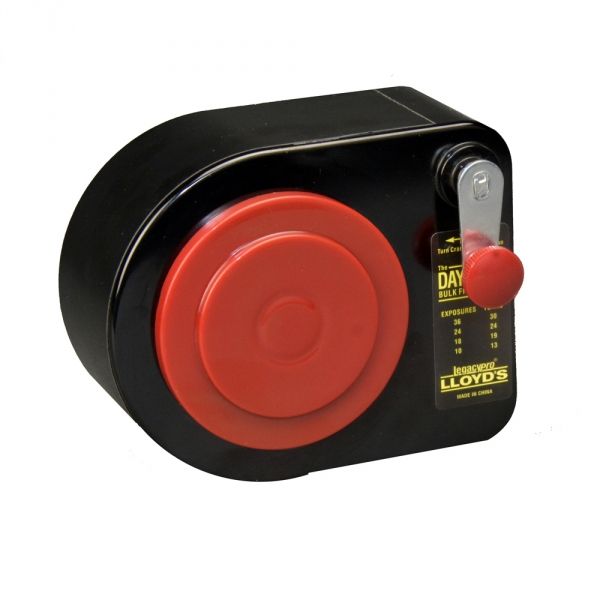
Empty film canisters, which can be sourced or saved from previous rolls. There are many options on how you can get these canisters, one of the ways is to buy this mini kit for $25.99
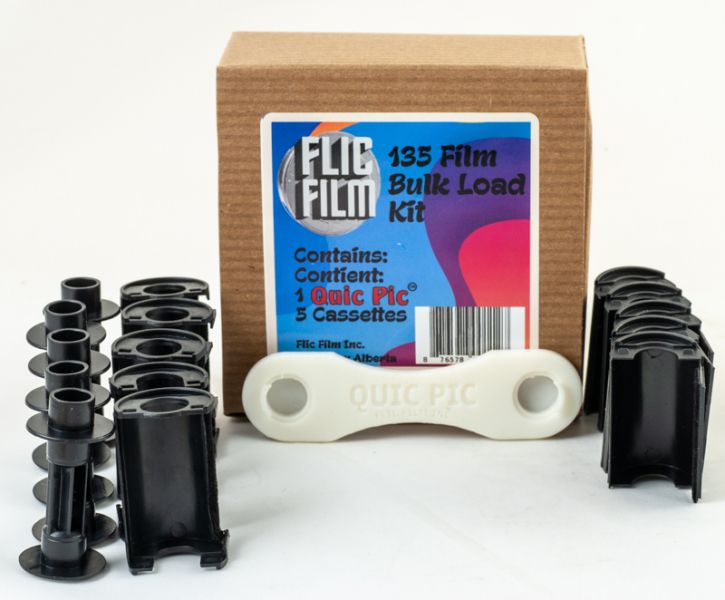
A darkroom or changing bag to ensure complete darkness during the loading process. If none of these things above interests you, then this changing bag should. I recommend owning this to everyone, because it is a life, time and film saver. You can get one for $34.99 here or on amazon for $16.99
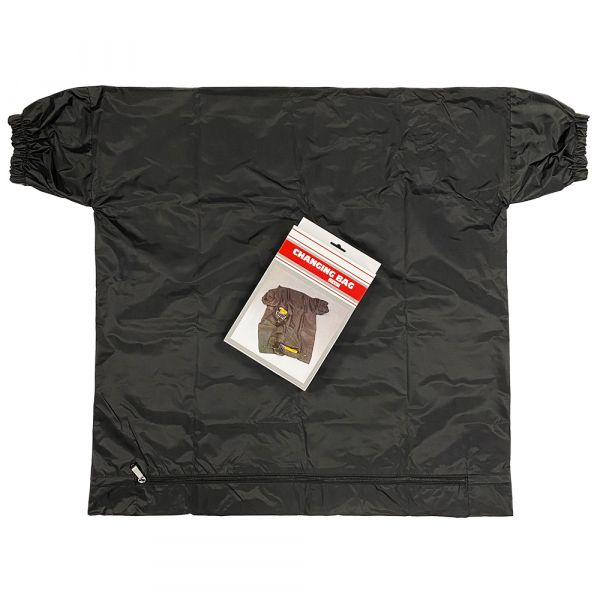
Understanding Film Types and Their Impact on Savings
It’s crucial to know that your savings can vary depending on whether you shoot black and white or color film. Black and white film is generally more cost-effective for bulk loading. This is because it’s often less expensive and easier to process at home, maximizing your savings. On the other hand, color film can be a bit trickier and might not offer the same level of savings, but it’s still worth considering if you shoot color frequently.
The Essentials of Bulk Film Loading
Maximizing Film Length: How Much Can You Load?
When it comes to bulk film loading, one of the first questions that might pop into your mind is, “How much film can I actually load into a single canister?” Well, the answer depends on the size of your canister and how tightly you wind the film. Typically, a 35mm film canister can hold up to 36 exposures. However, with careful loading, you might squeeze in an extra frame or two. Remember, overloading can cause the film to jam, so it’s better to err on the side of caution. The bulk film loader works by giving a little tick sound for every frame.
Sourcing Materials and Budgeting
Finding bulk film and canisters might seem daunting, but it’s quite straightforward. You can purchase bulk film rolls from photography stores or online retailers. For canisters, you have a few options:
Reuse canisters from commercially bought film.
Ask your local photo lab if they have spare canisters—they might give them to you for free or a nominal fee.
Buy reusable canisters designed specifically for bulk loading.
I found many options of a bulk film right here if you are interested.
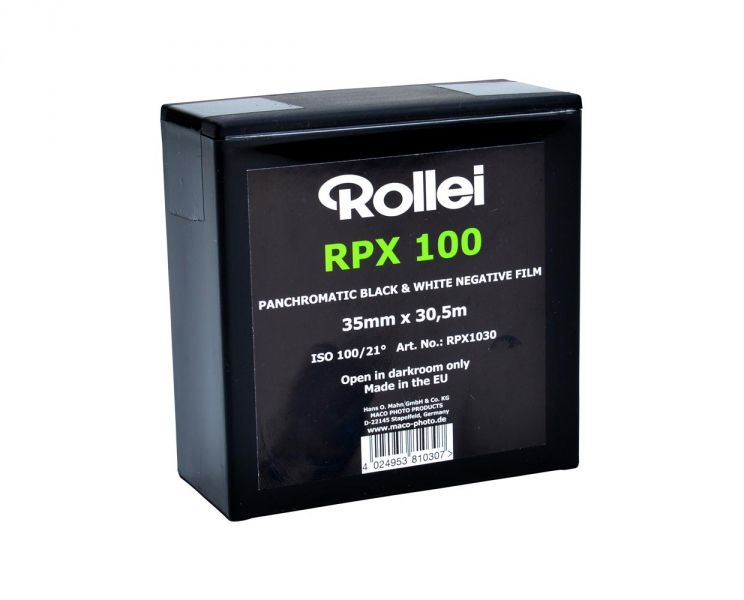
Keep in mind that some film stocks are easier to find in bulk than others. Popular black and white films like Ilford HP5+ or Kodak Tri-X are widely available, while color film choices might be more limited. I searched the internet for you and find that you can purchase bulk film at
Calculating Your Cost-Per-Roll Savings
To truly understand the savings, you need to crunch some numbers. Let’s say a 100-foot roll of black and white film costs $100 and yields about 18 rolls of 36 exposures. That’s around $5.56 per roll. Compare that to the average cost of pre-packaged rolls, and the savings are clear. Keep a log of your costs and usage to track your savings over time.
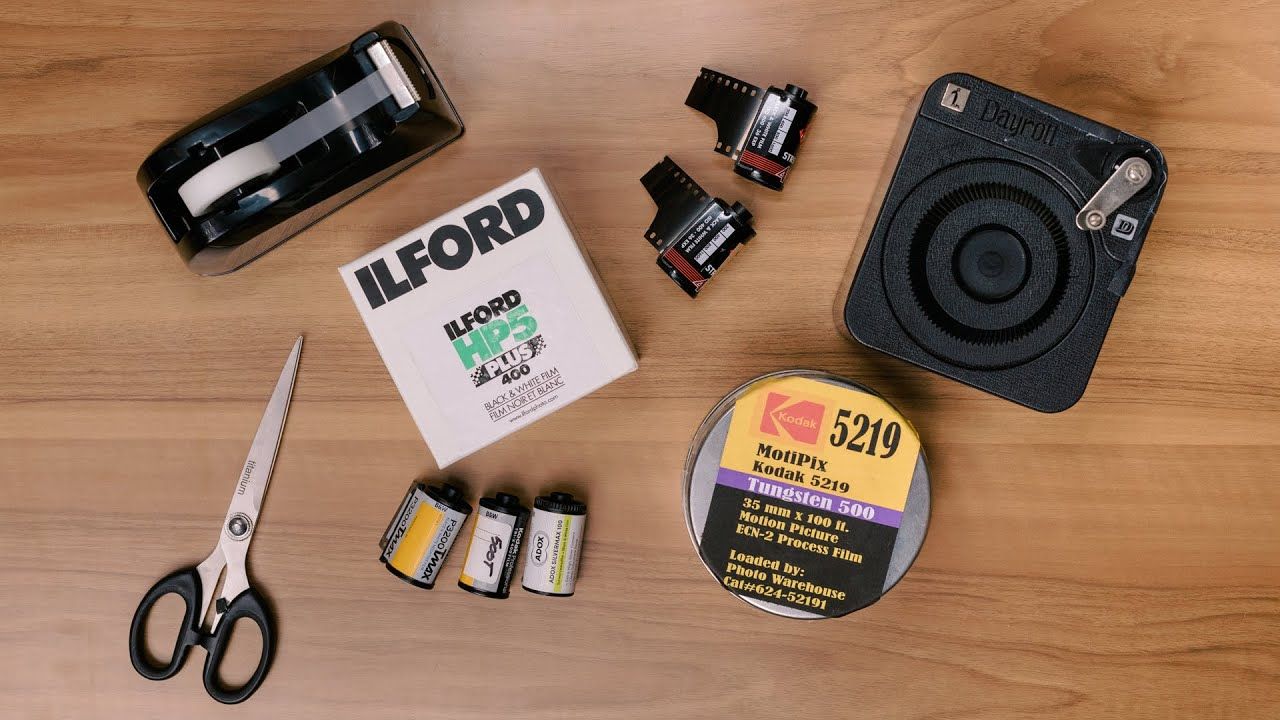
Post-Loading: Storage and Labeling Tips
Proper Film Storage for Longevity
Once your film is loaded into canisters, you’ll want to store it in a cool, dry place away from direct sunlight. Humidity and heat can wreak havoc on film, so consider a storage box or a dedicated fridge if you’re serious about film photography. This will help preserve the film’s quality until you’re ready to shoot.
Creative Labeling for Easy Identification
Labeling your film is crucial, especially if you’re loading multiple types of film at once. Use a permanent marker to write the film type and speed on the canister or use small labels if you prefer a cleaner look. Some photographers even use color-coded stickers to quickly identify different film stocks at a glance.
Color vs. Black & White: Bulk Loading Differences
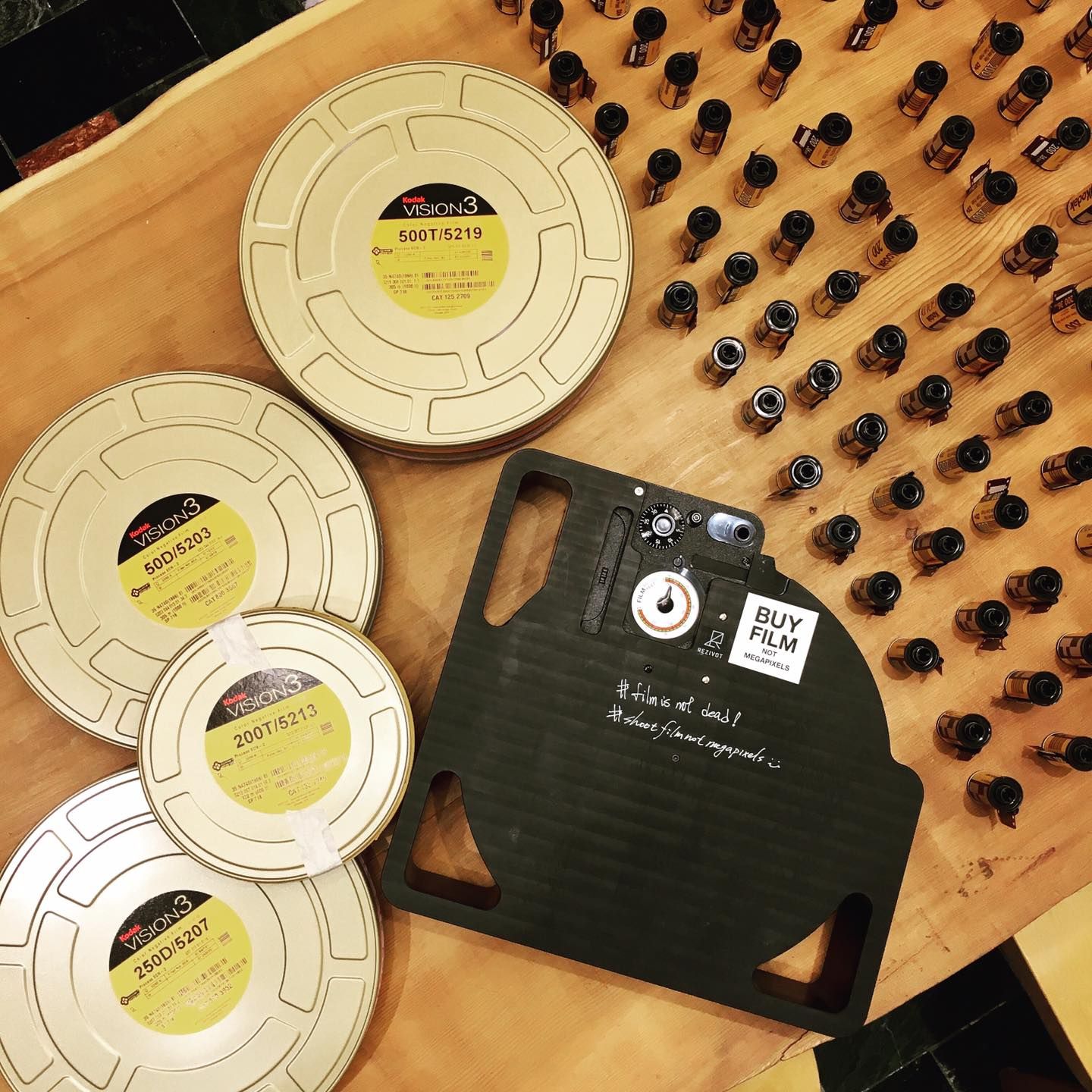
Color film can be a bit more challenging to bulk load due to its sensitivity and the precision required in processing. It’s less forgiving than black and white and often more expensive. However, if you’re a color film enthusiast, the savings and satisfaction of loading your own rolls can still be significant. Just be prepared for a slightly steeper learning curve.
Also, keep in mind that color film typically needs to be developed by a lab, which adds to the cost. Therefore, the savings from bulk loading color film may not be as substantial as with black and white.
Why Black & White Might Be Your First Choice
If you’re just starting out with bulk film loading, black and white is the way to go. It’s more cost-effective, and many photographers find it easier to work with. Black and white film is also more versatile when it comes to developing times and temperatures, which can be more forgiving for beginners.
Plus, there’s something inherently satisfying about the classic look of black and white images. It’s a fantastic way to hone your photographic eye without breaking the bank.
Troubleshooting Common Bulk Loading Issues
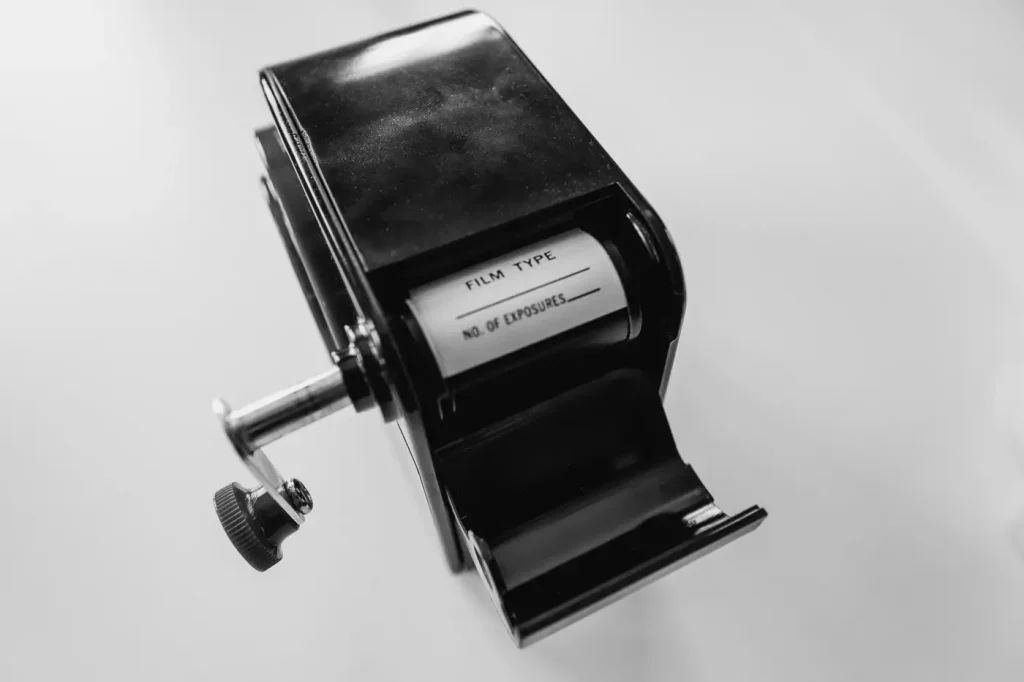
If you find your film is jamming during loading, check for any sharp edges in the canister or loader that might be catching the film. Ensure you’re winding evenly and not forcing the film into the canister. For light leaks, double-check that your canister is light-tight and the loader is properly closed.
Resolving Film Jams
When film jams, it can be a real headache. Carefully open the bulk loader or canister in a dark environment to avoid exposing any salvageable film. Gently try to rewind or advance the film to resolve the jam. If resistance is felt, do not force it; this can cause the film to tear. It’s often a simple matter of realigning the film or smoothing out a crinkle. With practice, you’ll learn to feel when the film is winding correctly and how to avoid jams altogether.
Ensuring Consistent Roll Lengths
Consistency is key in bulk film loading. To ensure you’re getting the same number of exposures on each roll, use the counter on your bulk loader if it has one. If not, you can mark your film at intervals using a permanent marker before loading it into the loader. This way, you’ll know exactly how much film to wind for each roll. It’s a simple trick that keeps your rolls uniform and your shooting predictable.
High-Volume Shooting Scenarios
If you find yourself shooting rolls of film like there’s no tomorrow, then bulk loading should be on your radar. Events like weddings, sports, or street photography marathons can chew through film faster than you’d think. By bulk loading, you can keep shooting without the fear of running out or the pain of overspending on pre-packaged film.
How to load
Best way to learn how to load the film from film Loader to the empty film canister is by watching my YouTube video down here
Frequently Asked Questions
Can I Load Different Types of Film in One Bulk Loader?
While it’s possible to load different types of film in one bulk loader, it’s not recommended. Different film types can have varying sensitivities and thicknesses, which can affect the loading process. It’s best to dedicate one loader to one type of film to maintain consistency and avoid accidental exposure or contamination.
How Long Will Bulk Film Last Before Expiry?
Bulk film, like any film, has an expiry date. However, if stored properly in a cool, dry place, it can last for several years. The key to longevity is proper storage—keep it away from heat and humidity. Some photographers even store their bulk film in the fridge or freezer to extend its life. Just remember to let it return to room temperature before loading to avoid condensation.
Are There Eco-Friendly Practices in Bulk Film Loading?
Yes, bulk film loading can be eco-friendlier than buying individual rolls. By reusing canisters and reducing packaging waste, you’re contributing to a more sustainable photography practice. Additionally, you can recycle metal film canisters and properly dispose of film scraps to minimize your environmental impact.
Can Bulk Loading Damage My Film?
If done correctly, bulk loading will not damage your film. However, mishandling film, such as exposing it to light or touching the emulsion, can cause irreparable harm. It’s crucial to work in complete darkness and handle the film by its edges. Paying attention to these details will help preserve your film’s quality. For more detailed information, check out our guide on the best film storage solutions.
What Should I Do With Leftover Film in the Bulk Loader?
When you reach the end of a bulk roll, there might be a small amount of film that’s not enough for a full roll. Don’t waste it! Load it into a canister for a short roll that you can use for test shots or when you’re trying out a new camera. Label it clearly so you know it’s a shorter roll, and enjoy the extra frames!
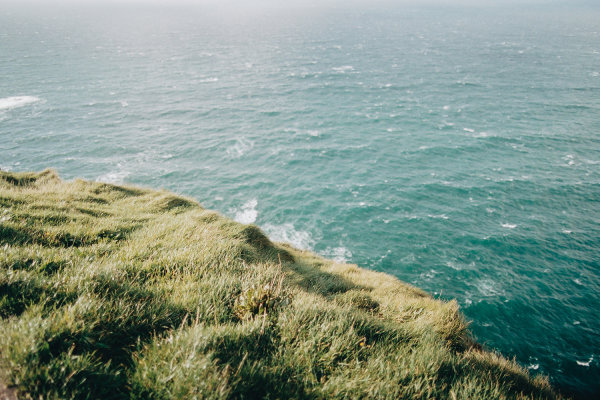

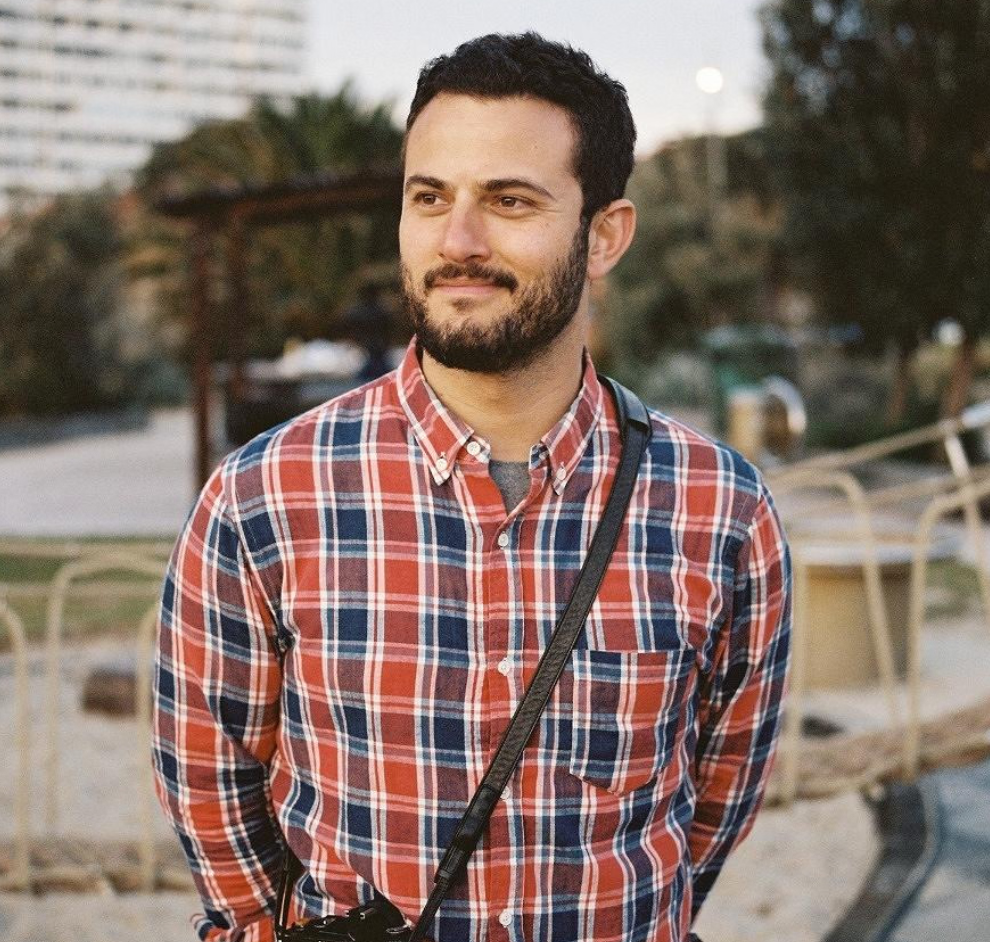

Leave a Reply